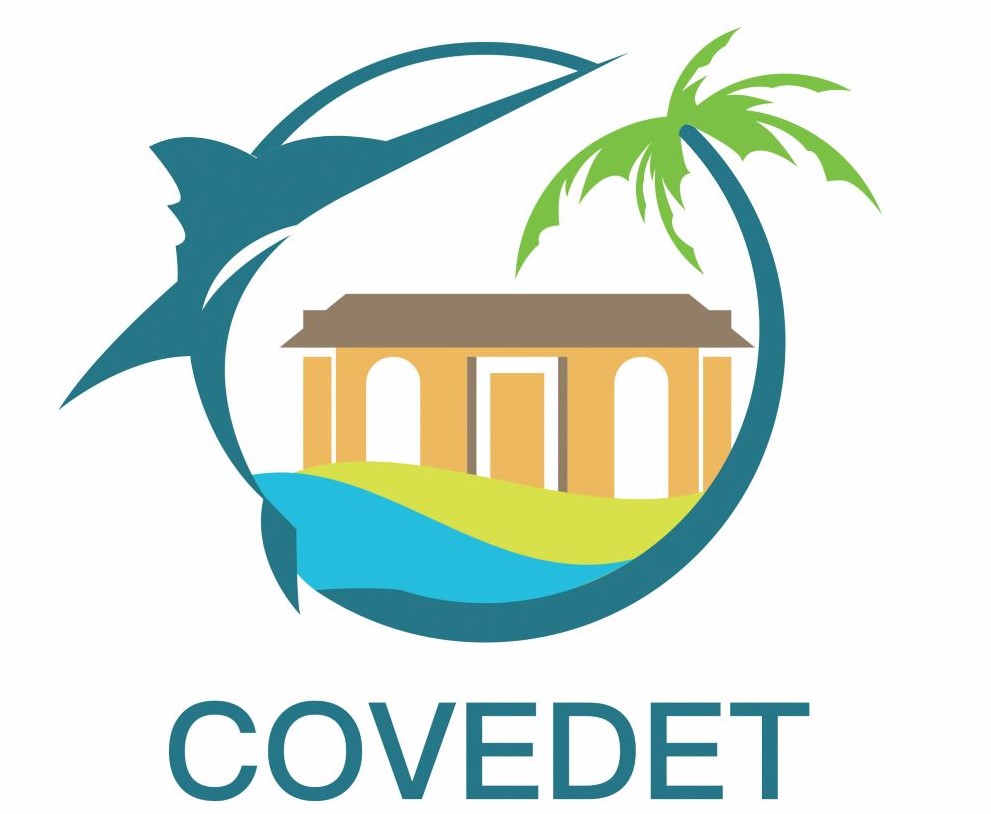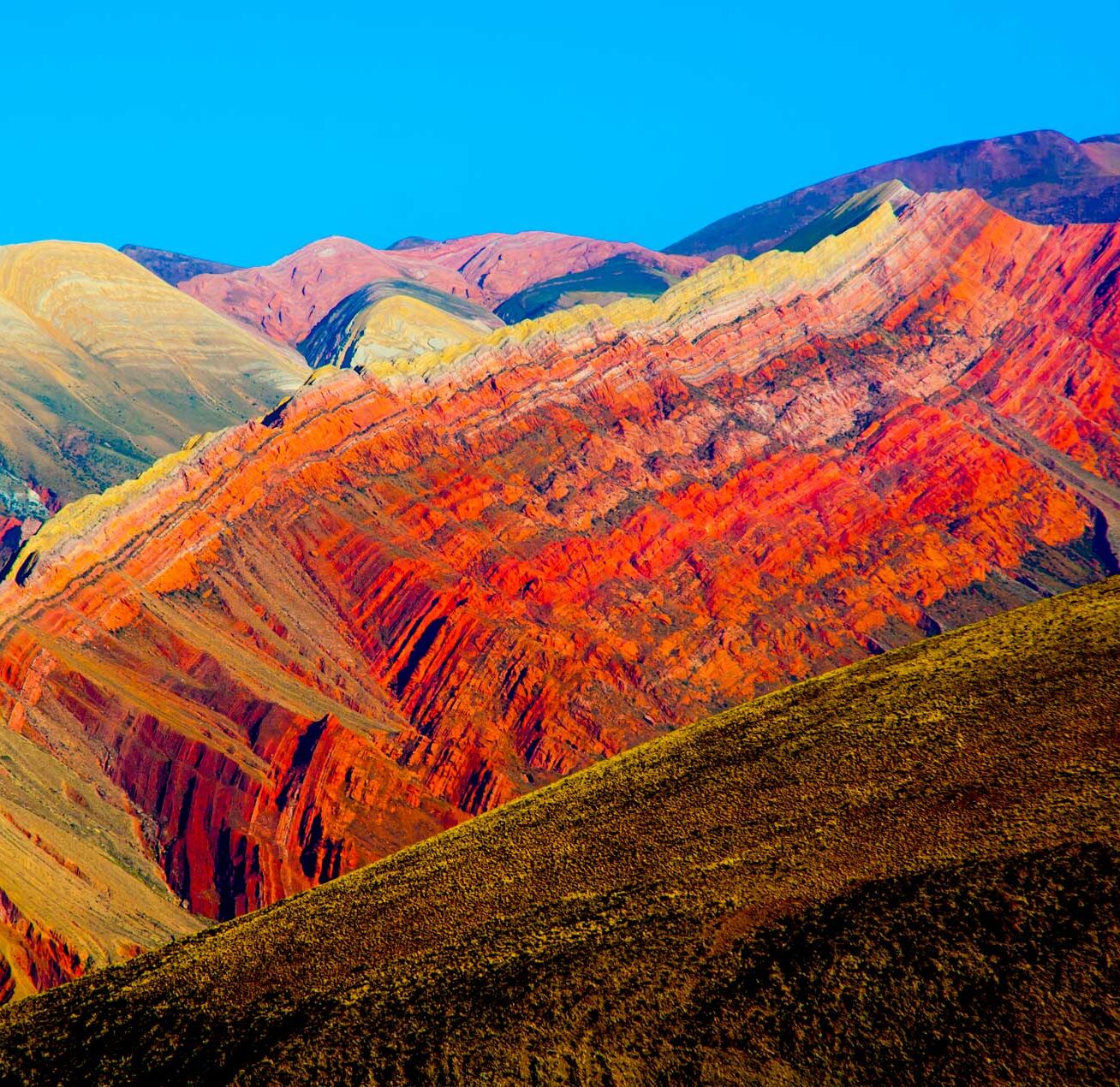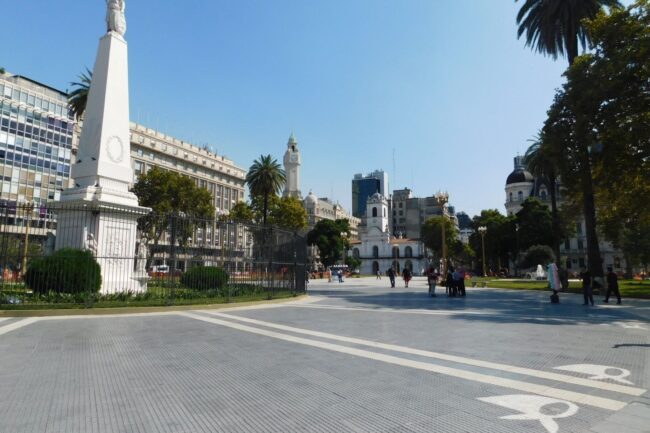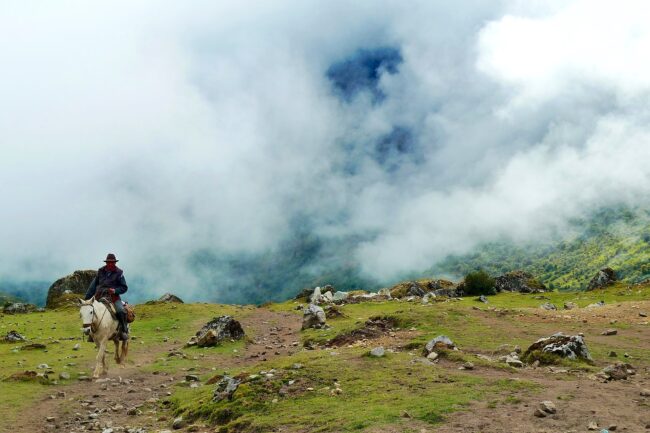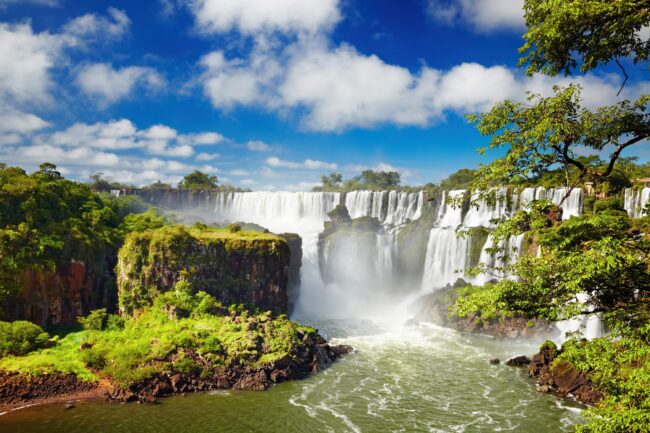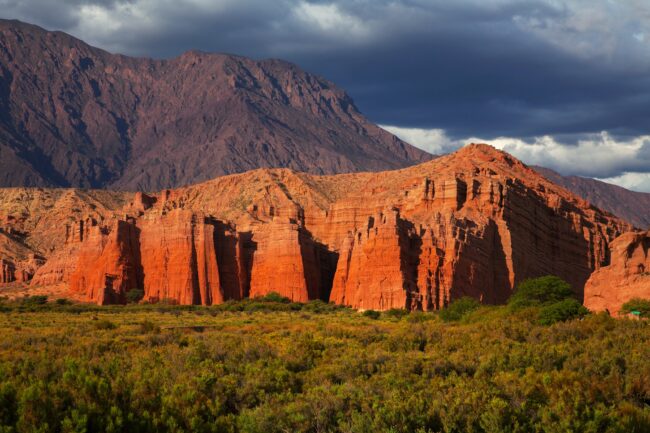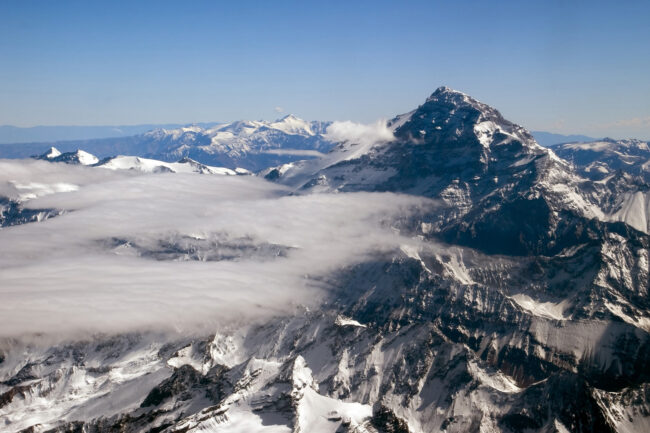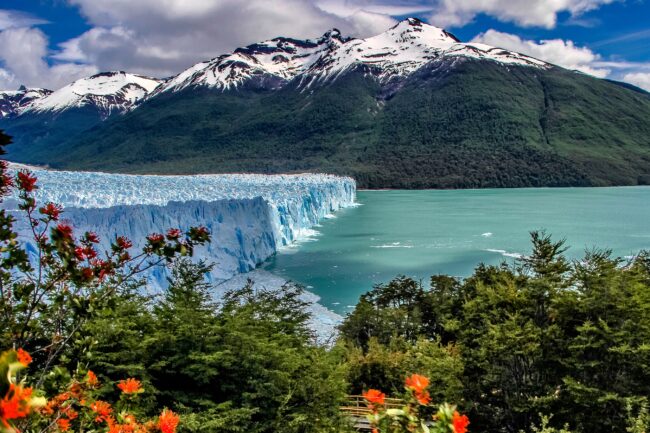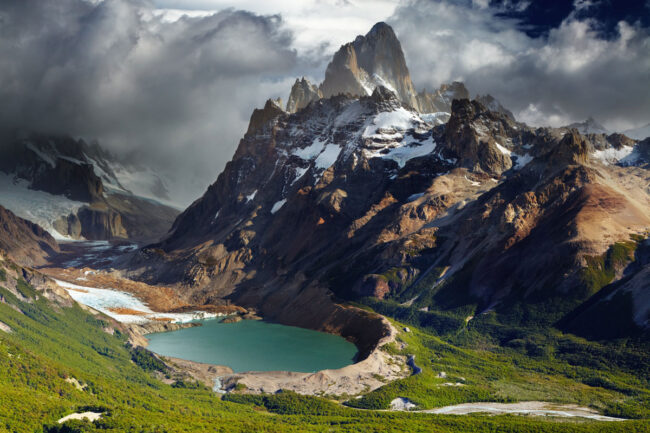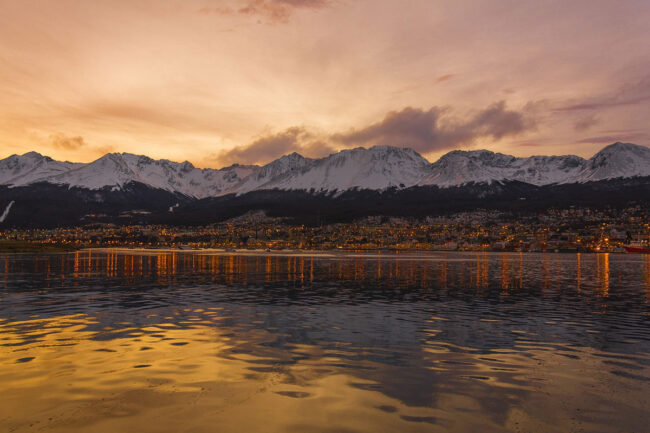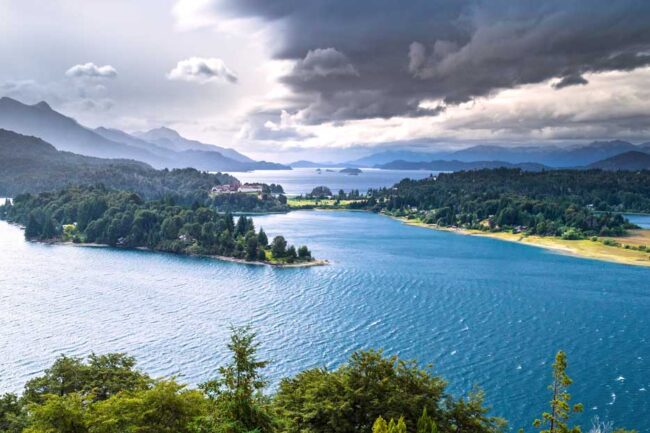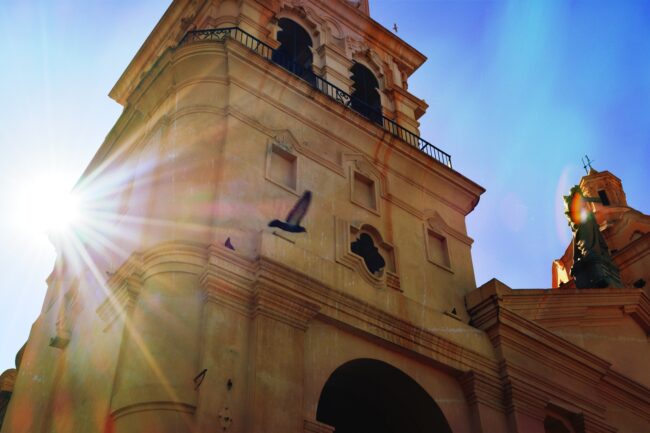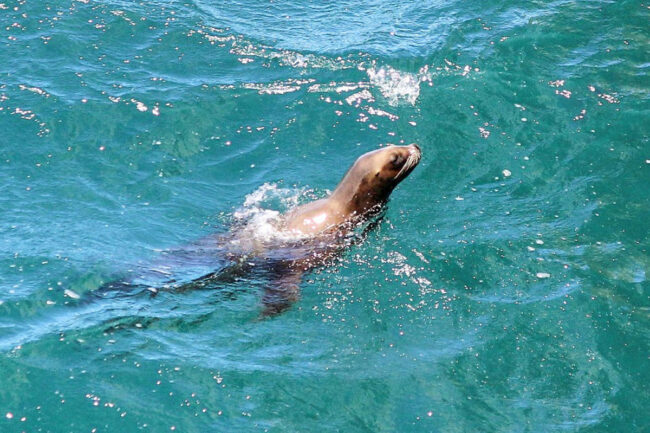Bolivia
About Gaston-Sacaze DMC
- Specialising in tailor-made travel for individuals and groups, they offer the highest level of service and work with only the most reliable and professional suppliers and guides.
- Experience a complete immersion in Latin American culture on a journey featuring sumptuous natural sites and extraordinary encounters with local people and animals. Discover the unique culture and history of UNESCO World Heritage sites, colonial cities, and archaeological Inca sites.


Gabriel Vargas Von Boeck
Product & Services
- Tailor-made Travel Solutions
- FIT and Group Tours
- Guaranteed Departure Tours
- MICE
- Special Interest Programs
Contact Info
- José María Zalles Street N°938 Zona Sur
- San Miguel, La Paz
- Bolivia
- + 591 78 76 7944
Top Activities
- Be part of Episode 8 of the Star Wars Saga, whilst discovering the largest salt flat in the Word, Salar de Uyuni, with its islands of giant cacti (Incahuasi).
- Visit the most important catholic sanctuary in the country, Copacabana – a place revered as a ceremonial region that is now a catholic sanctuary, representing the synchronicity of ancient traditions and the effects of colonialism.
- Walk among colourful lagoons and deserts never seen before – Red, Green and White Lagoons are waiting for you in one of the most beautiful reserves in the world, the Lipez Region.
- Join a fascinating boat ride and discover the magic of the Aymara cultures on the highest navigable lake in the World, Lake Titicaca.
- Experience the lived traditions of the indigenous people ‘Urus Chipayas’ that have been maintained over thousands of years with only 2000 inhabitants who preserve their millenary traditions.
- Be amazed by the 480,000 square kilometres of Amazonia that offers one the most biologically diverse parks in the World with over 6000 species of flora, Madidi National Park.
- Learn more about The Jesuit Missions of the Chiquitania in Santa Cruz, which have remained intact and continue to marvel visitors even after hundreds of years.
- Stroll through the city of La Paz and take a ride in the highest transportation system in the world, the cable car.
- Discover Tiwanaku, a recognised World Heritage Site and an ancient pre-Columbian city in ruins near the Lake Titicaca.
- Visit the UNESCO World Heritage Site of Samaipata and the Fuerte, a massive sandstone mountain that features exquisite carvings from Incan and pre-Incan Bolivian cultures.
Top Selected Tours
Do you need a quotation or more details?
Did you know this fact?
About Bolivia
Bolivia has evolved in the last years to become today a sustainable tourist destination in which respect for nature is always present, where the connection between the local people and the visitor represents a genuine exchange and a great cultural wealth. Guarding the riches of their ecosystem has allowed Bolivia to position itself as a destination of large wild areas where the fauna and flora are preserved and observed like nowhere else.
The climate of Bolivia varies drastically from one eco-region to the other, from the tropics in the eastern llanos to a polar climate in the western Andes. The summers are warm and humid in the east and dry in the west, with rains that often modify temperatures, humidity, winds, and atmospheric pressure, yielding very different climates in different areas.
In Bolivia, people are culturally, racially, and socially diverse, a clear reflection of the over 36 native indigenous groups that have inhabited the country’s various regions for thousands of years, and a result of the historical assimilation of other races over time. Aymara and Quechua (2 million), Chiquitano (180,000) and Guaraní (125,000) are the four largest of Bolivia’s indigenous ethnic groups. Bolivia also has a small Afro Bolivian segment in the Yungas region.
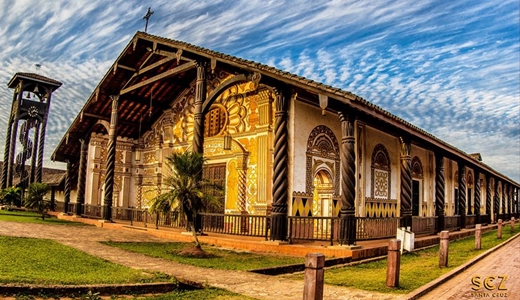
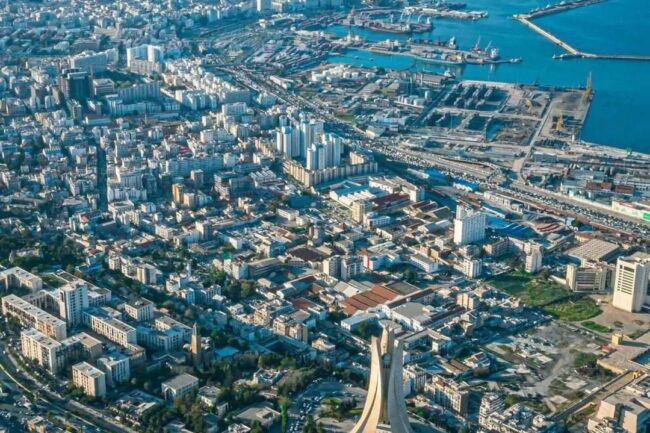
Algiers
Bright city by excellence, bettter known as “Algiers the white”. Algiers bordered by the Mediterranean Sea, and has one of the biggest ports in Africa. It can be visited in two distinct areas: the modern and the older part. Among its highlights, we can find: The Kasbah (classified in the World Heritage of UNESCO), the Palaces of Dar Aziza and Jenina, The Jardin d’Essai (the largest botanical garden in Africa), The Basilica of Algiers: Our Lady of Africa, The National Museum of Fine Arts. And many other picturesque monuments.
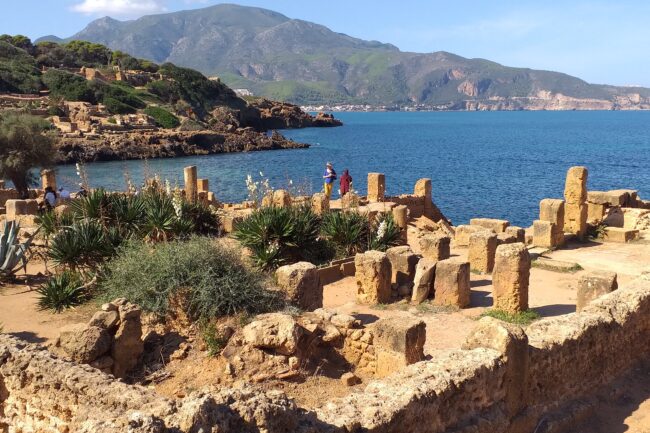
Tipaza
Tipaza is an open-air museum. A scenic coastal city located only 70km from Algiers. Its landscape with Hellenic charm is reminiscent of Greece and Sicily. Tipaza was a Roman city in the Roman province of Caesarian Mauritania. It has many remains of the ancient Punic and Roman city, listed as World Heritage by UNESCO. With its archaeological treasures and varied landscapes, it is a tourist city between the sea and the mountains.
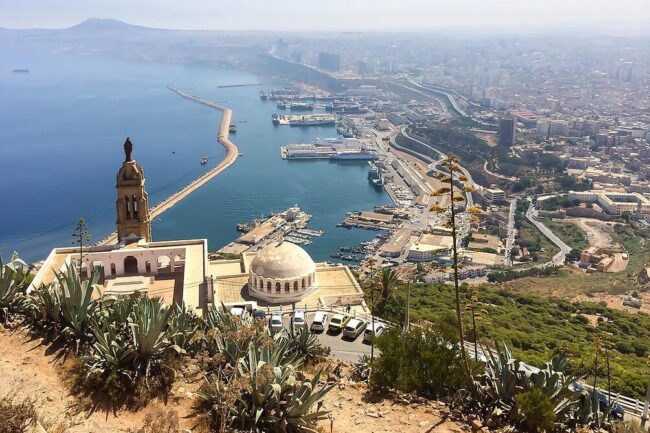
Oran
Also known as “The Radiant” is the second largest city in Algeria, about 430 km from the capital Algiers. Oran is a cosmopolitan city with an Arab, Berber, Spanish and French influences, giving it a significant character and a natural charm.
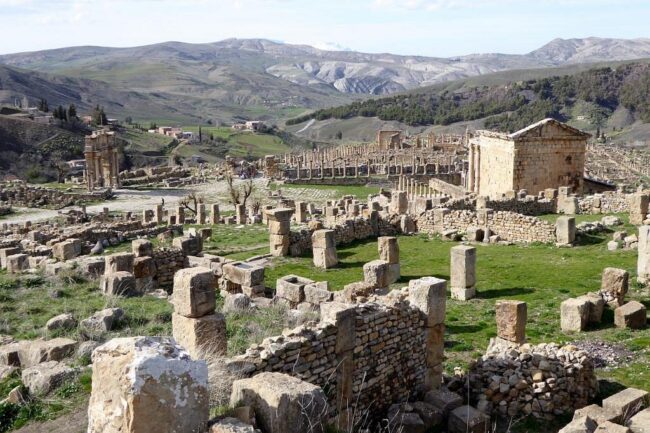
Djemila
The site of Djemila is located 50 km northeast of the city of Setif. Djemila (from Arabic: جميلة, “The Beautiful”) is an ancient city that houses the remains of the ancient Cuicul, a Roman city, classified as a World Heritage Site by UNESCO. Djémila provides an exceptional testimony of a disappeared civilization. It is one of the most beautiful sites of Roman ruins in the world. The archaeological remains, the well-integrated Roman urban planning and the environmental framework come harmoniously together.
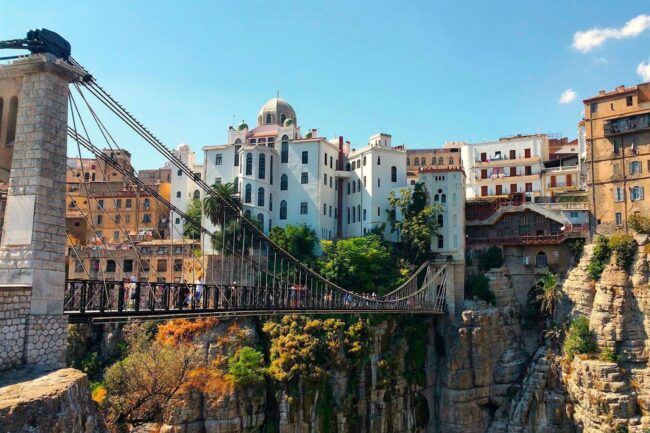
Constantine
Known as the city of suspension bridges and taking its name from the Emperor Constantine I who had it built in the 4th century, Constantine is the capital of the eastern region of the country. The city is also the cradle of the Arab-Andalusian music called Malouf. Tourists can visit the Kasbah, the Emir Abd-El-Kader Mosque, the Monument of the Dead or the Natural Arch of Constantine. Other sites such as the Bridge of El-Kantara, the National Museum Cirta, the Palace of the Bey or the Gustave Mercier Museum will also attract visitors.
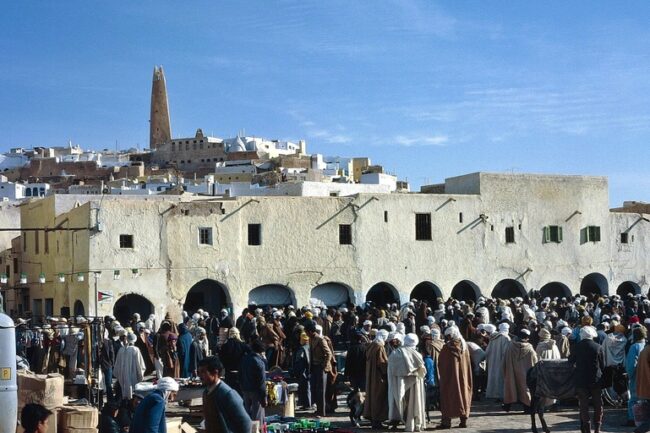
Ghardaia
Located in the northern part of the Algerian Sahara, 600 km south of Algiers, it is the capital of the Mzab valley, which is made up of a group of five ksours, known as “The Pentapolis”. The city counts with an ancestral system of irrigation on pivot, developed by the Mozabites to irrigate the long and narrow valley. It is considered as World Heritage of Site by the UNESCO. It is a tourist site of major importance in Algeria because of its architecture and history. The city includes an important Mozabite community.
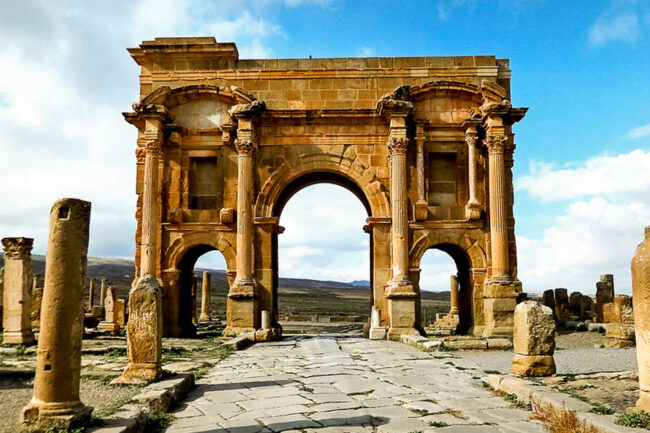
Timgad
Classified as a UNESCO World Heritage Site in 1982, the site of Timgad will delight all history lovers. Timgad, a city in the northeast of Algeria, is home to this ancient Roman city of great archaeological importance that was originally intended to serve as a post against the Berbers of the Aures. Built with its baths, its temples, its forum as well as its amphitheater, the city is considered as the last Roman colony in Africa.
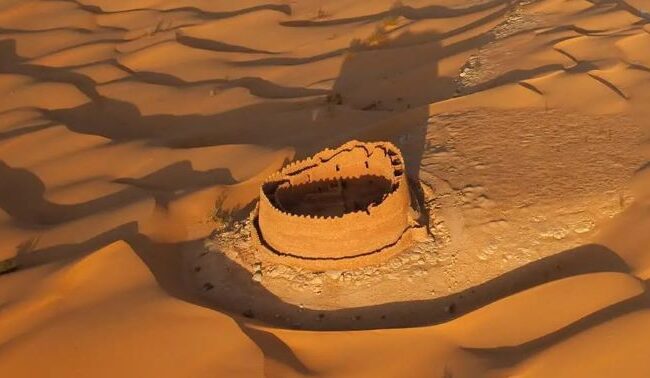
Timimoun
Timimoun is the most representative oasis of Gourara, a region rich in colors and contrasts, located south of the Grand Erg Occidental. Timimoun was built above the palm grove, in the heart of the sunny dunes of the Algerian desert. In the heart of history, one can explore the ksours drowned in an ocean of dunes, after having strolled in the bewitching gardens of the oases of the great Sahara. Discover on foot the magnificent oases of Tilermine, Timzlene and Beni Aissi.
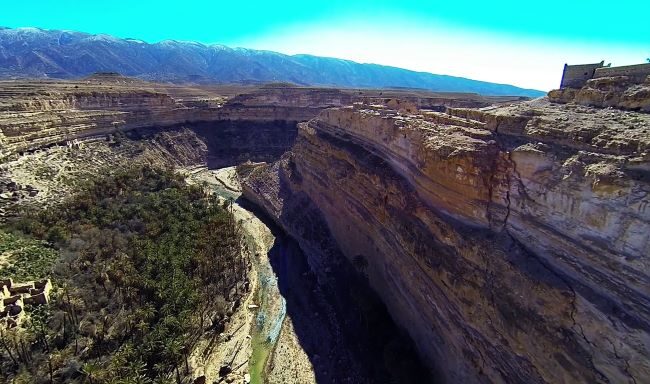
The Balconies of Ghoufi
The Balconies or Gorges of Ghoufi in the Aures are located in the region of M’chouneche and T’kout between Arris and Biskra. The Balconies of Ghoufi is a canyon which was dug by the river Abiod and extends four kilometers along the river. The site was classified as a National Heritage Site by UNESCO.
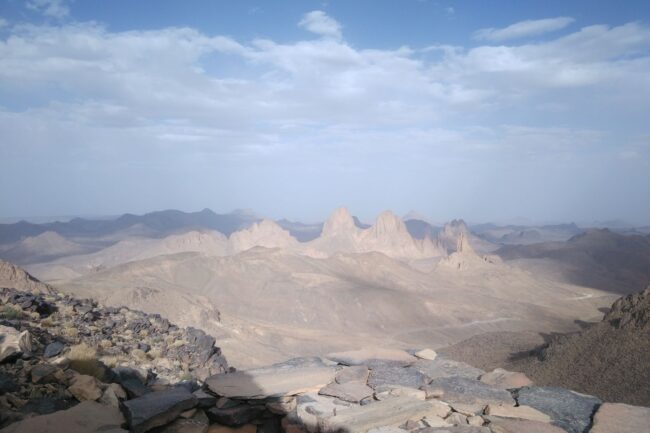
Tassili of the Hoggar
To the east of Tamanrasset rises at an altitude of more than 2,000 meters an eroded plateau of 250 kilometers in diameter composed of lava flows, the Atakor of Hoggar. According to specialists, the Hoggar mountains are more than 2 million years old. Its highest peak, Mount Tahat, reaches 3,003 meters. The most visited and best known place of the site is called Assekrem, residence of Father Charles de Foucauld during the summer of 1905.
